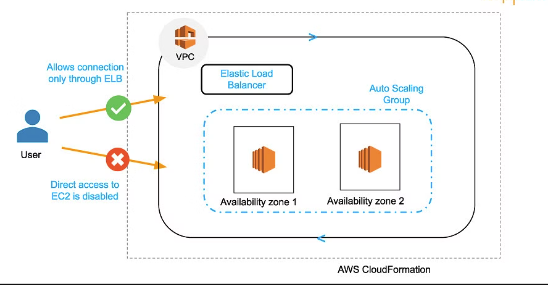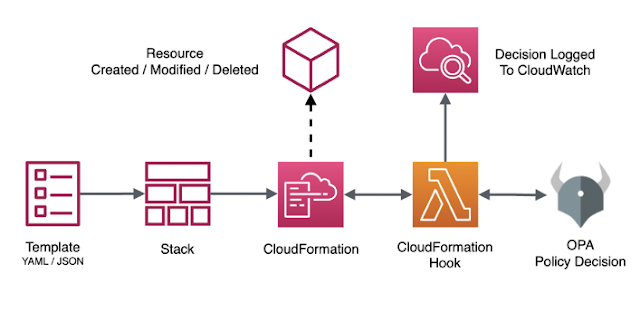What are the benefits of AWS CloudFormation?

Introduction AWS CloudFormation is a service provided by Amazon Web Services (AWS) that allows users to create and manage a collection of AWS resources, such as EC2 instances, RDS databases, and S3 buckets, in a repeatable and automated way. With AWS CloudFormation, users can use templates to define the infrastructure they need and deploy it quickly and consistently across multiple regions and accounts. It also enables users to update and delete resources as needed, simplifying the management of complex infrastructure. Overall, AWS CloudFormation provides a scalable, efficient, and cost-effective way to manage infrastructure on AWS. The purpose of this article is to provide readers with an understanding of the benefits of AWS CloudFormation. It will explain how AWS CloudFormation can help users manage their infrastructure more efficiently by automating the deployment and management of AWS resources. The article will also h
